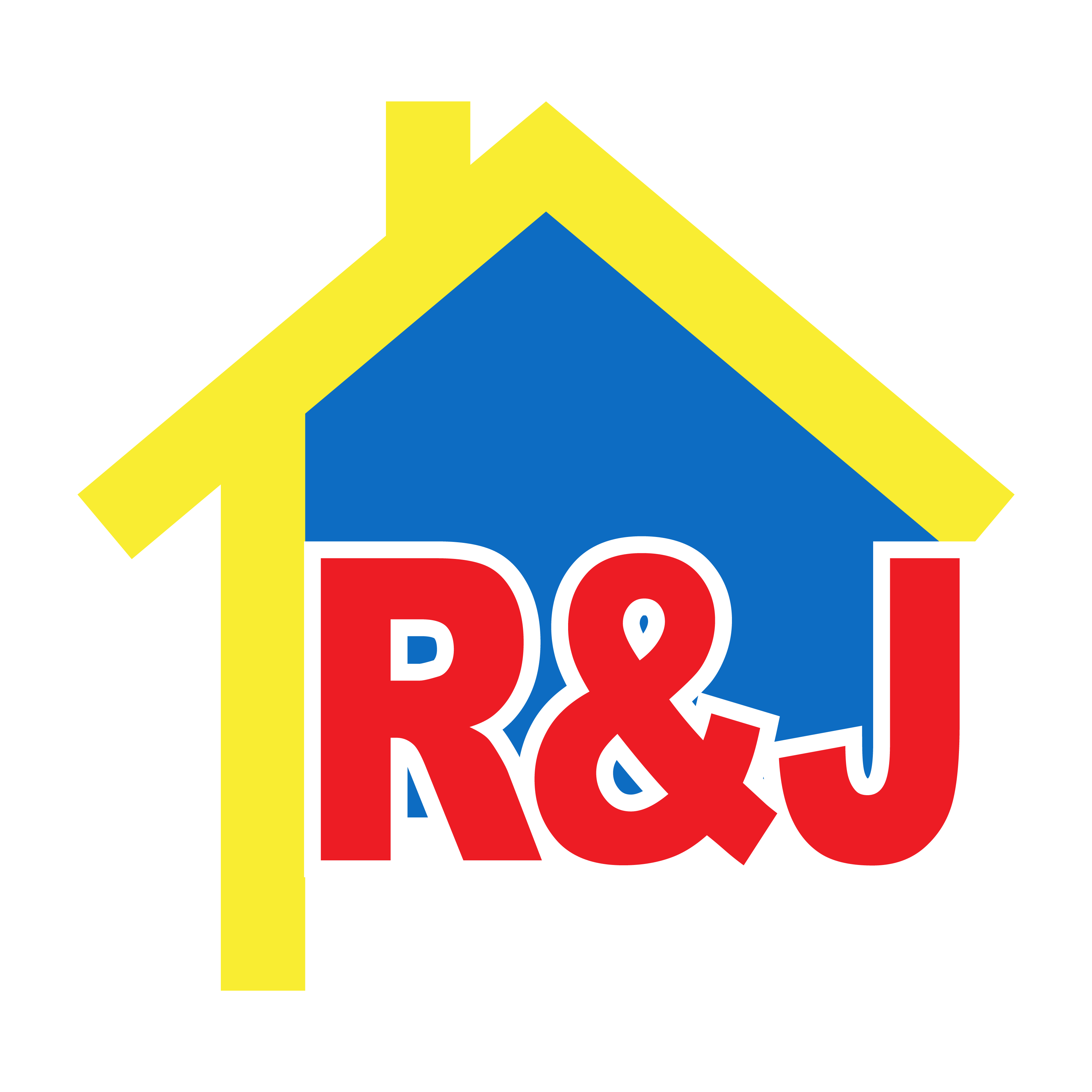Welders use a variety of welding processes in the shop or onsite. Some of the best-known processes include shielded arc welding, flux-core arc welding, and submerged arc welding. Each welding process serves a separate need and purpose and is performed by a welder that specializes in that particular type of welding.
Here are some of the services that welders provide to the building construction industry.
1. Structural and Non-Structural Systems Welding
A welder works with a construction contractor to connect the steel I-beams, columns, trusses, and footers that make up the structural framework of a building. These components are cut to size, lifted into position with a crane or construction jack, and then welded together to support the floors, walls, and roof of a building.
A welder can also weld non-structural metal building components. These items include stairs, handrails, bridges between rooms, floor joists, steel framing studs, firewalls, and other components that are too large or integral to the building design to bolt into position.
2. Electrical System Welding
A welder works closely with a pipefitter to install and connect together steel tubing called electrical conduit according to an architect’s plans. This system carries electricity from a power source outside of a building to every part of the building that needs electricity. This electrical conduit holds the wires together and protects them from damage. Electrical conduit is cut to size, bent to conform to the dimensions of a room, and then welded together by a welder. The electrical conduit is then securely attached to the walls or wall studs of a room and runs between power supply boxes.
Once the electrical conduit is shaped, welded, and attached, electrical wires are pushed through it to electrical boxes where an electrician can connect the wiring to switches and plugs to electrify the system.
3. Plumbing System Welding
A welder works closely with a plumber to cut, weld, and install water supply pipes and wastewater pipes in each room of a building that will have running water. The water supply pipes bring potable water from a city or rural water supply system and pipe it throughout the building.
The wastewater pipes are installed to remove used water from the building and pipe it into a drainage and sewer system. Water supply pipes and wastewater pipes are cut to size, welded together for strength and durability, and buried underground to keep them secure.
4. Heating System Welding
A welder works with a pipefitter to install a fuel circulation system that carries natural gas throughout a building for heating and cooking purposes. These fuel pipes are cut to size and placed within the walls and floors of a residential or commercial building according to the architectural drawings for the building.
An auxiliary ventilation system is installed alongside the fuel system to capture exhaust gas and expel it from the building. Fuel and ventilation system pipes are welded together to conform to the specific shape of a room and prevent leaks.
For expert welding for any of these building processes, contact R and J House and Pools.
Our welders can offer their experience and expertise whether you are constructing a residential or a commercial building. Call them or contact them online and they will make a site visit to meet you and review your architectural blueprints, drawings, and specifications. With their expertise, you will have a beautiful building that will serve you for many years.
